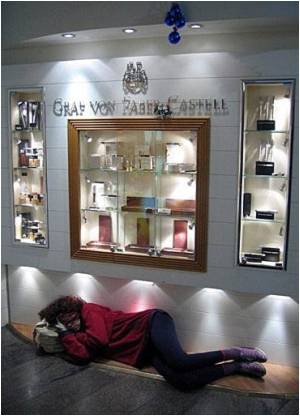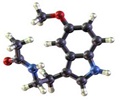
Since humans are fundamentally diurnal creatures, staying awake at night can significantly disrupt all of the body's internal biological clocks. These disruptions are far from harmless over the long term, but they can lead to a high incidence of various health problems, such as metabolic or cardiovascular problems or even certain types of cancer.
The research at the Douglas Mental Health University Institute and McGill University shows, for the first time, that the peripheral biological clocks located in white blood cells can be synchronized through the administration of glucocorticoid tablets.
Researcher Diane B. Boivin said that problems adjusting to atypical work schedules are a major issue for society. However, current approaches to these problems have significant limitations, as a single therapy can't address the disruptions that occur in all biological clocks, for example, when used incorrectly, light therapy can even aggravate the situation.
Boivin added that at this stage, they are not recommending the use of glucocorticoids to adjust the rhythms of night-shift workers, as there could be medical risks.
He explained that these results lead them to believe that they may one day be able to use a combined therapy that targets the central clock (inverting work schedules, administering controlled light therapy) with a pharmacological treatment that targets the peripheral clocks to ensure that all clocks are adjusted.
Advertisement
Source-ANI












